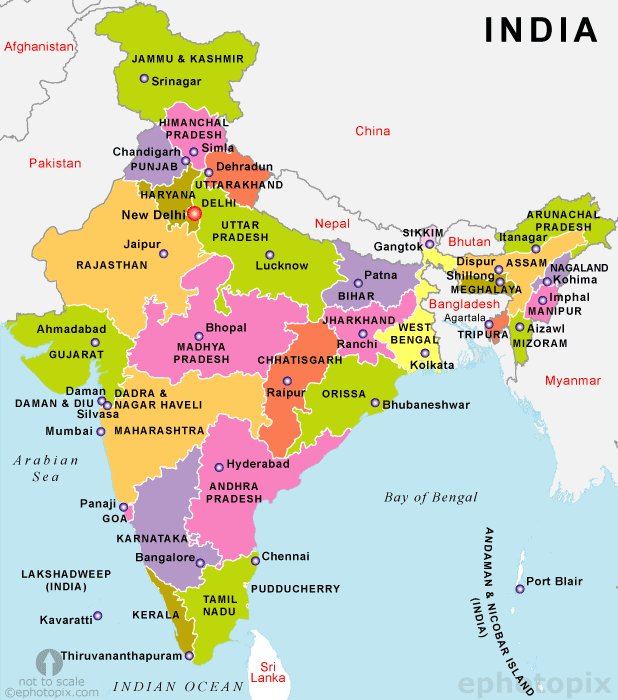Statistical analysis is another useful tool in the toolbox.
bitcointalk.org/index.php?topi…
Let's see if we can learn something from the distribution of these clusters of addresses.
Let's start with the obvious:
- the distribution seems to have a "natural" decreasing shape (many "poors", few "riches")
- a few outliers with a lot of addresses caused by massive aggregations of postmix UTXOs (bad!)
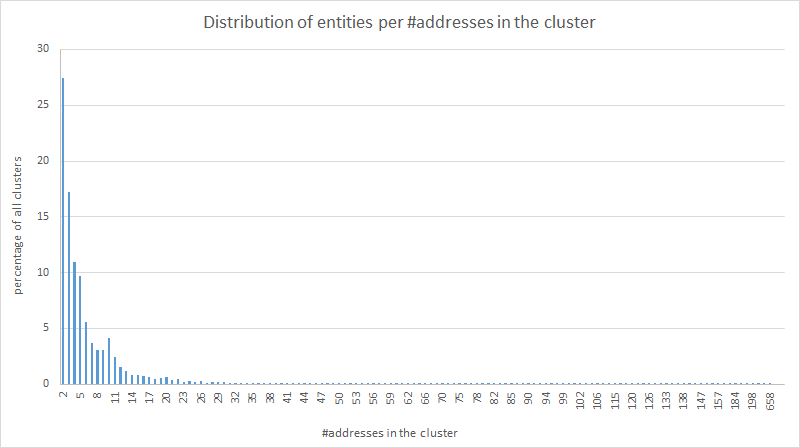
My main hypothesis here is that some privacy-conscious users avoid large aggregations by gatheting theirs UTXOs in chunks of 10 addresses/UTXOs.
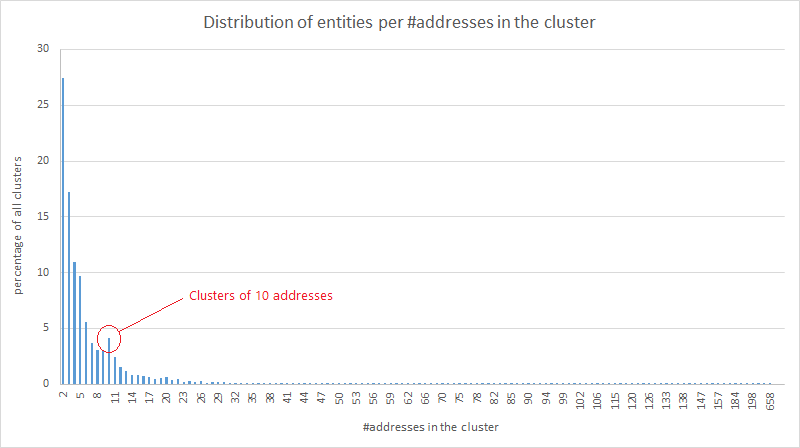
- outliers exist for clusters of 10 addresses but also for clusters of 9 addresses,
- the divergence from the "normal" is larger than what we observed for the general case.
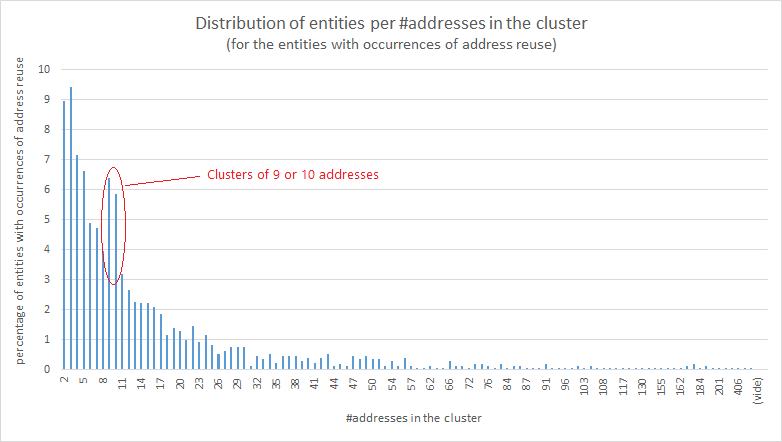
(second level of aggregation: oxt.me/transaction/ti…)
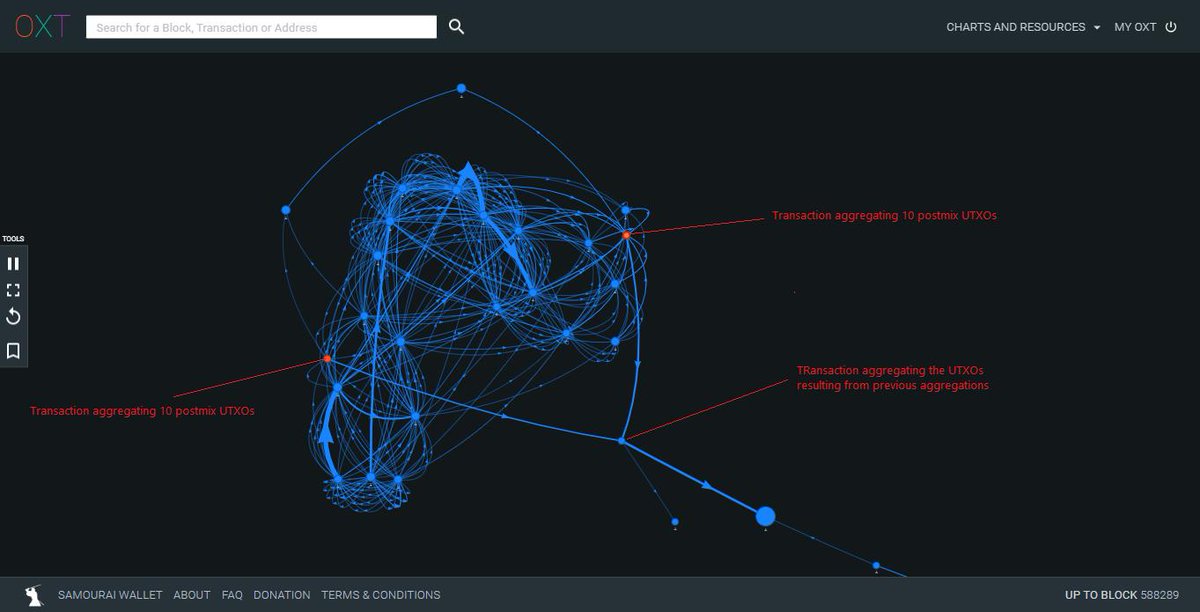
Now let's focus on the challenges raised by heterogeneous participants...
While these concerns may be valid, I think they still miss the real issue...
First, such a user will generate a lot of postmix UTXOs which are as many potential anchors for a statistical analysis of postmix behaviors.
We suck at generating true randomness and we suck at perfectly imitating a specific behavior (distribution) which isn't our "natural" behavior.
- malicious sybil attacks are a real challenge but they're not the only one,
- heterogenous users are a serious (and underrated) challenge,
- premix and postmix behaviors matter (a lot),
- acknowledging the existence of these challenges is a first good step.
Possible "solutions" will be a subject for another thread.

















